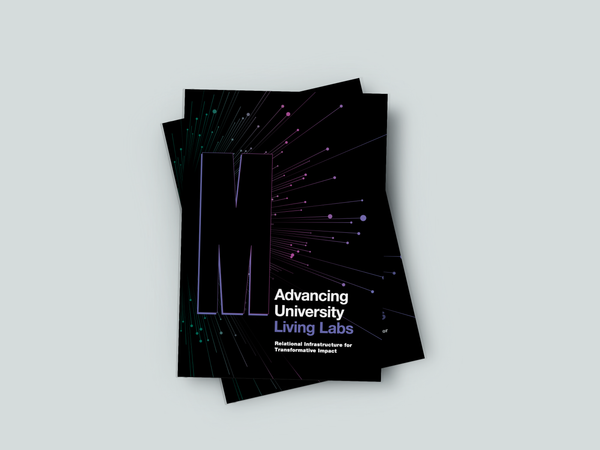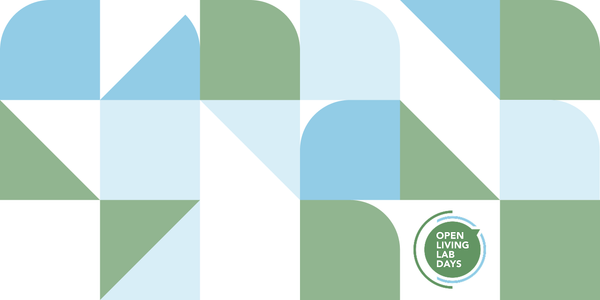Paying Attention to Signals
This is a fieldnote which attempts to articulate four ingredients which are mixing around in my head, all converging to inform the development of a platform to support environmental conservation groups.

On Converging Ideas, Connecting Dots & Designing Platforms
This is a fieldnote which attempts to articulate four ingredients which are mixing around in my head, all converging to inform the development of a platform to support environmental conservation groups.
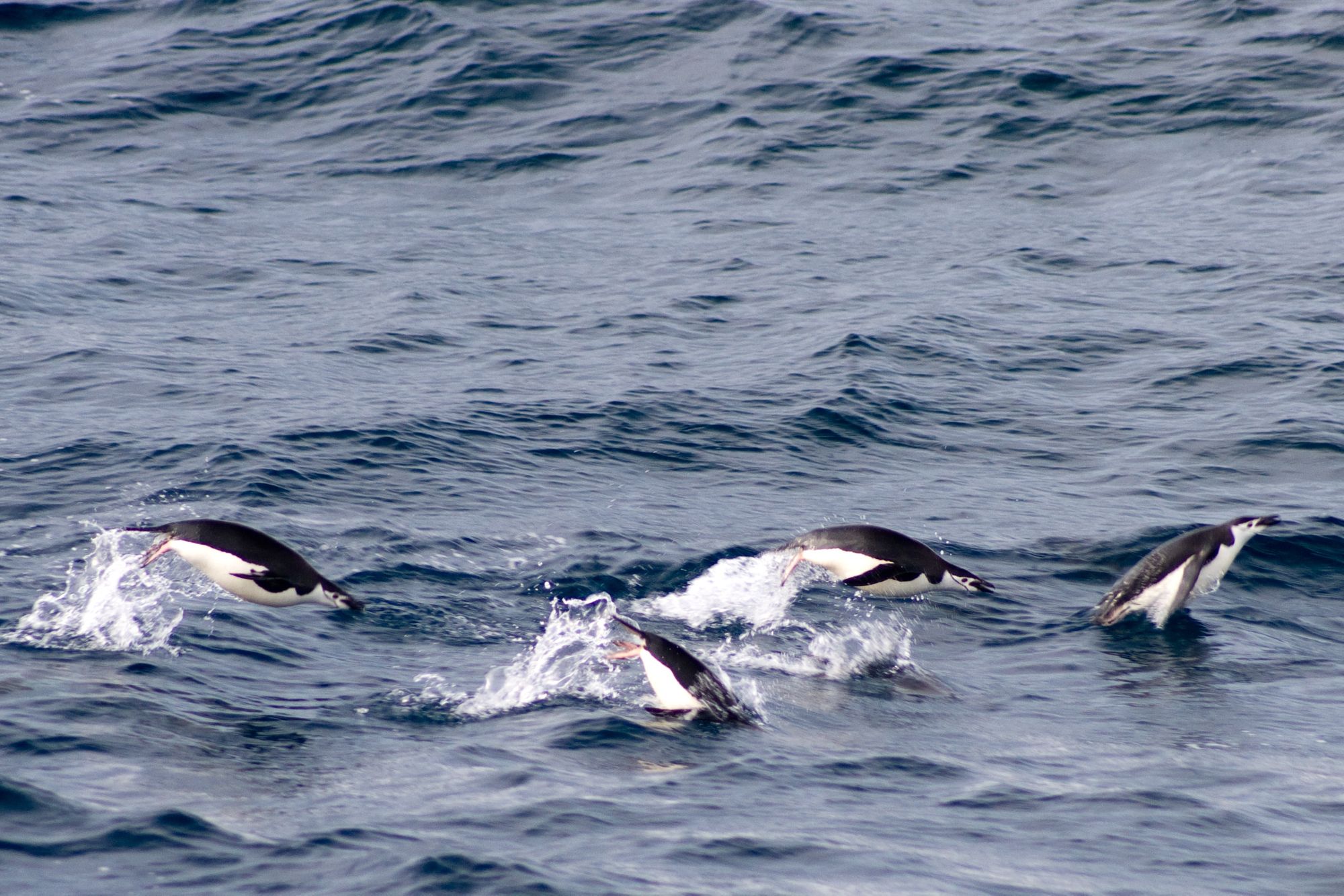
I'll attempt to explain what the four ingredients are, why I see them as important, and how they've entered my horizon. Finally, if I'm feeling eloquent enough, I might even have a crack at trying to explain how I could see the ingredients coming together to make something special.
Warm Data
Is it possible to make quantitative data more useful, by focusing on the context of and relationships between those data points?

I was upset not to be able to attend the Warm Data Labs training in the Yarra Ranges this week, for which I'd been offered a place. I've been following Nora Bateson's work in this space for awhile, and it feels like a strong signal in a sea of noise about big data, AI and the likes. This week I've been tuned to the training via Tania Ivanka's tweets.
Warm Data is a specific kind of information about the way parts of a complex system, such as members of a family, organisms in the oceans, institutions in society, or departments of organization come together to give vitality to that system.
By contrast, other data will describe only the parts, while Warm Data describes their interplay in context. Warm Data illustrates vital relationships between many parts of a system.
- Nora Bateson, What Is Warm Data?
Nora's work (from my understanding) is about how we use quantitative data (cold data) but also collect qualitative data about the context and relationships (warm data) so that we can understand the dynamics at play in the system.
For example, to understand a family, one must understand not only the family members, but also the relationships between them, that is, the warm data.
- Nora Bateson, What Is Warm Data?
Why is Warm Data important?
I've been banging on about complexity for awhile now. By this I mean the dynamic nature of most societal and ecological systems that we rely on. As the world we live in becomes more interconnected it also becomes more unpredictable (complex), so we need to better understand how to live and work with complexity (as Donella Meadows puts it "Dancing With Systems"), rather than fighting against it (characterised by attempts to control or exert 'power over').
I feel the idea of warm data is an important offering to enable us to understand the world around us and make better decisions about the paths forward.
How does warm data relate to the conservation platform?
In basic terms, the project aims to build a digital platform which supports conservation groups to capture the data about their work, so that it can more easily be shared within their networks and across the sector.
I have long been troubled by what happens if we take the data away from it's context.
For example:
Cold data: 250 trees planted. 30 people. Queensland.
Warm data: 30 school children from inner city Brisbane experienced their first ever trip outside the city, where they learnt about mangrove ecosystems to different degrees. Each child experienced significant changes in their relationships with one another, and their relationships with the natural world through having the opportunity to plant mangrove trees to restore a patch of the coastal ecosystem.
So, when we're building a digital platform which seeks to focus on data - are we only capturing cold data? Or do we design the platform to also consider warm data?
The Relational Field
How can we build trust and interconnection to enable change?

Today I was on a call with some of our cohort from the Systems Sanctuary leadership program, and we were talking about how change happens in systems, and the quandry of scale. As the conversation unfolded, we discussed the idea that perhaps the most important factor in change work was relationships.
I wrote a piece on this awhile back, called The Relational Field, which was a reflection on the importance of acknowledging and designing for trust and connection.
"Relationships move at the speed of trust, but social change moves at the speed of relationships."
- Jennifer Bailey
Why is The Relational Field important?
Much like the warm data changes the picture of how we think about and make decisions, the opportunity provided by paying attention to the relational field is that we need to think about how we're enabling or blocking relationships to form and deepen, when we are trying to improve the health of a network or sector.
How does the relational field relate to the conservation platform?
Without people, there's no point in building this platform. If there's people, there's the opportunity and responsibility to think about how this is affecting the relationships between people using (or not using) the platform.
For example:
Are we helping conservation groups reach new funders with the story about their work? What are the qualities of the relationship which are possible through the platform? Do we accidentally exclude people who aren't using the platform from vital data about conservation in their region? How will this impact their ability to achieve vital conservation outcomes?
Portfolio Sensemaking
How do we learn together across a range of initiatives and experiments?
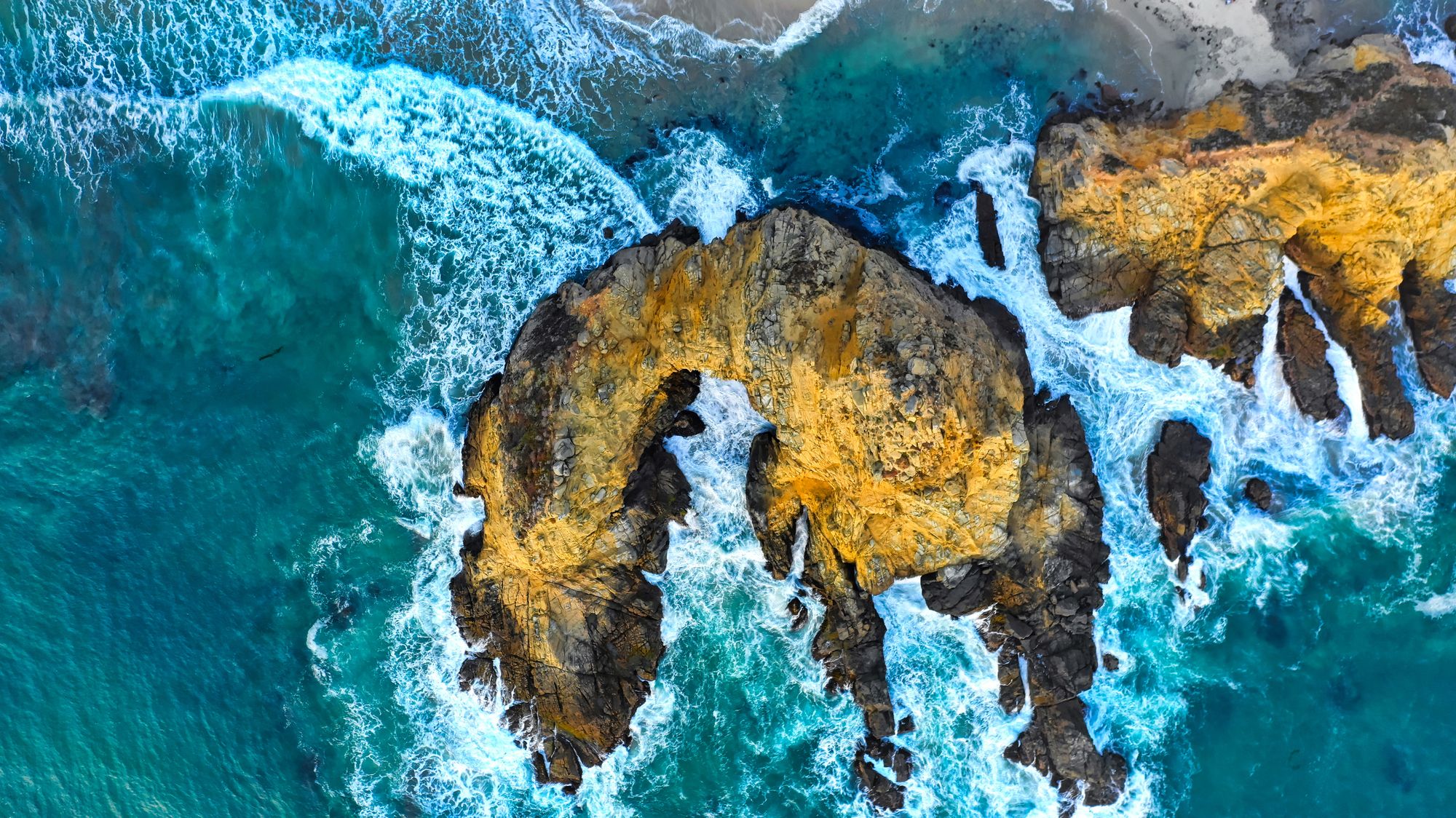
For awhile I've been considering the importance and practice of learning in groups and networks. From early experiments of nurturing communities of practice for local food systems, to supporting groups of people to work collaboratively on youth mental health, and exploring how to seed experimentation culture across a design school in a University, the common thread has been about going beyond simply learning from our own observations and connecting diverse people to spot patterns from a broader base of activities.
Recently I re-listened to this excellent podcast from June Holley which touches on many of my own experiences, and so much more, from her 'Network Weaving' work across her lifetime. At a similar time, I started reading about the work by the UNDP Acceleration Labs team on 'Portfolio Sensemaking' which is a fancy term for 'learning in networks'.
Actionable Intelligence is the source of impact effects and competitive advantage. Robust and effective sensemaking is the key to organisational and system learning and to the extraction of insights and intelligence. Intelligence that feeds into structured arguments establishes intent, structures commitments, provides a rationale for the allocation of resources, and makes things happen.
- Axilo (UNDP Partner in developing Portfolio Sensemaking), Sensemaking
Why is Portfolio Sensemaking important?
In an increasingly complex and thus unpredictable world, we need to be able to be more adaptive to changing situations, if we're still going to achieve our goals. As things become more complex and thus interrelated, increasingly we will need to learn from activities happening across a range of geographies, contexts and sectors, in order to adapt effectively.
Portfolio sensemaking and June Holley's work are the two signals I see for how we can start to build a practice around this, which more people can pick up and use wherever they may be.
How does portfolio sensemaking relate to the conservation platform?
This one definitely feels a little abstract at this stage, but the angle I see is that if we're building a platform that bridges geographies and modes of conservation, we have the opportuniity to generate insights from seemingly unrelated quantitative data, stories, and relationships, i.e. do portfolio sensemaking.
For example:
Could the platform be designed with transparency in mind so that rather than generating these sorts of insights in a black box (like Facebook might for their own financial gain), we are able to make this process explicit and visible so that other people can do similar? Could it act as some kind of 'open research platform' which would allow us to collectively learn and adapt faster to increase the likelihood of success for conservation?
Platform Financial Models
How do we recognise the value of contributors, rather than simply extract from them?
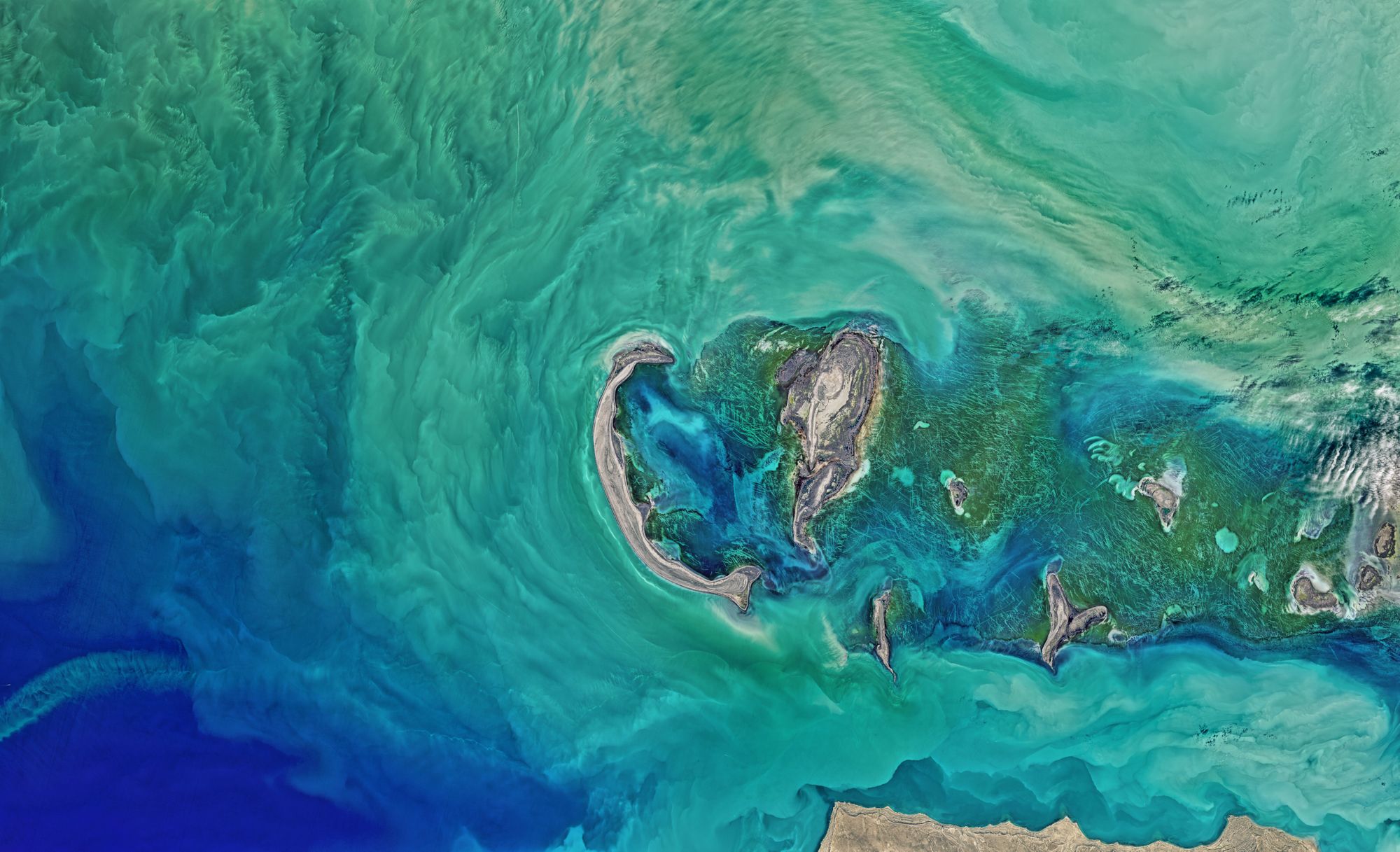
Who hasn't been watching the slow motion dumpster fire that has become Facebook?
"If you're not paying for the product, you are the product."
- Unknown
We now know that the digital platforms of the 2010's that promised to connect us, democratise storytelling and help us find information at the tap of a button, are all essentially just elaborate different ways to deliver adverts.
The backlash against these platforms is growing, partially because of privacy concerns, but also because of the extraordinary financially extractive practices. People are asking "if we're creating all the content that keeps people engaged in the platforms, how is it fair you take all of the profits?".
Recently I've been tuned to a podcast called Zig Zag which focuses on the intersection of Capitalism, Journalism and Women's Lives. They've been involved in a journalism experiment, Civil, which aims to start a series of newsrooms which publish on blockchain technology and have a community-based approach to tackling disinformation and unethical practices. What I've found interesting is hearing the journey around how they're hoping to incentivise people to be involved in that community aspect of things, through using micro-economics (based on cryptocurrency).
Almost every software entrepreneur nowadays builds some kind of a ‘platform’. Yet very few will confidently answer a seemingly simple, but very important question: What kind of platform do you build?
- Platform Hunt, The 9 Types of Platforms
Why are platform financial models important?
Platforms are increasingly used to facilitate a how we share/trade goods and services (just as a physical marketplace used to), but also now data and stories. If we don't think deeply about the design of a platform in the early days, we can end up with a raft of unintended consequences (subverted democracy, anyone?), and ultimately we would face the collapse of the platform. Conversely, done well, platforms can transform sectors, industries and relationships, improving the situation for all parties. If the financial model that is used to sustain a platform juxtaposes with the needs of people using the platform, you get a situation like Facebook, where user privacy is traded off for revenue from advertisers and other data mining organisations.
Examples of Platform Co-ops are particularly interesting in this space, as they seek to address inequality and power imbalance through distributing financial (or other) incentives and democratising control of the platform to users.
How do platform financial models relate to the conservation platform?
As we explore how to build a conservation support platform, we need to recognise the interests and needs of all the users, but also consider what kinds of transactions happen across the platform to ensure sustainability over time. We will need to pay close attention to how we enable relationships to form and grow on the platform, to ensure we address historic power imbalances in the conservation sector, and there may also be opportunities to tackle the systemic underinvestment in the grassroots of the conservation sector through redirecting resources which accrue through the platform model.
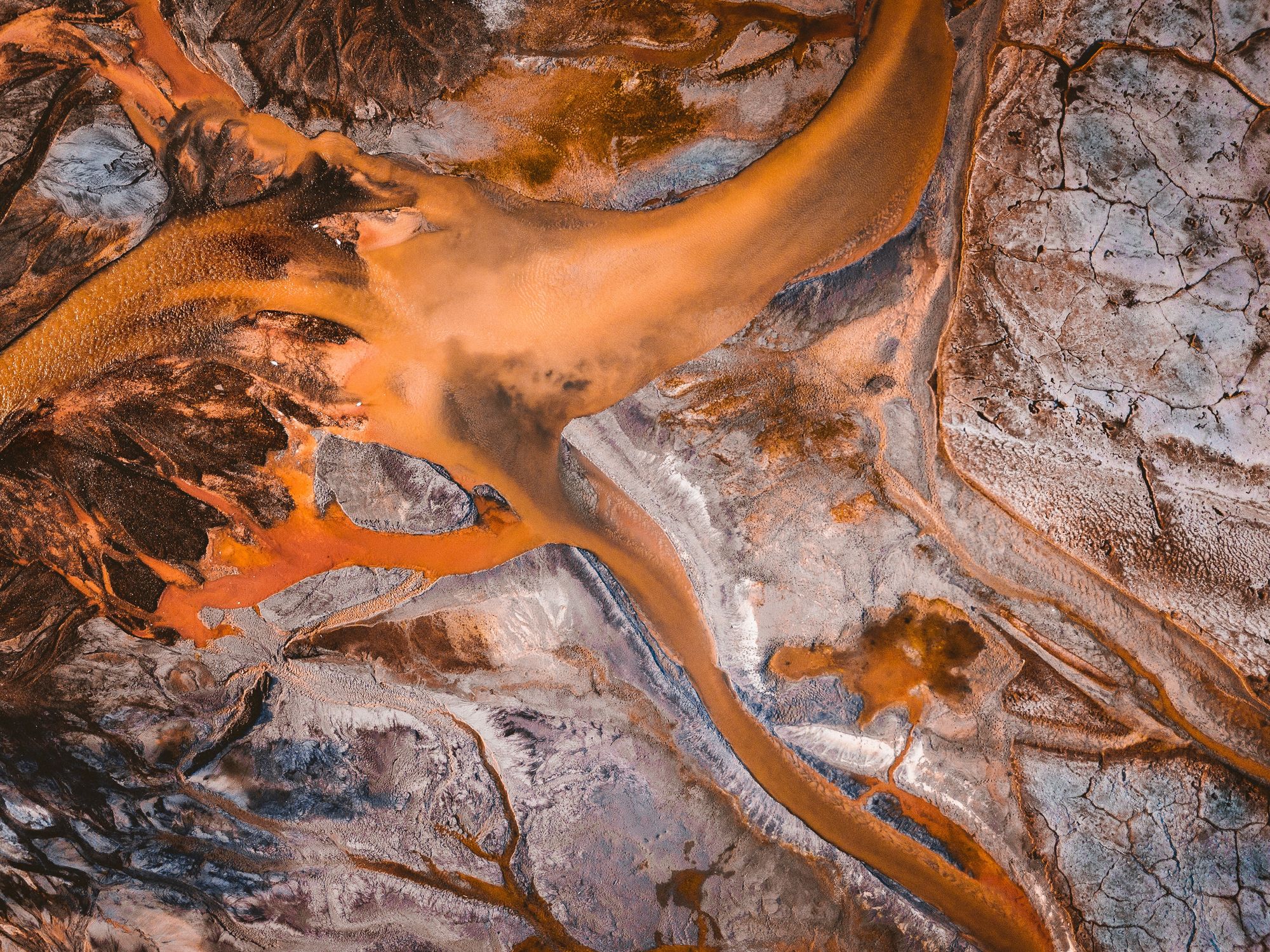
How do these ideas intersect?
Warm Data. The Relational Field. Portfolio Sensemaking. Platform Business Models.
These come together and dance with one another in my mind because each of them offers a glimpse into the possibilities and pitfalls of designing a new conservation platform.
If we take Warm Data & The Relational Field, we realise we must pay close attention to relationships in the design of the platform. Whether that's the capture and presentation of data which gives context to the cold quantitative data which is easier to capture, or whether it's how we think about enabling relationships to spark and grown on the platform.
This idea of relational context connects closely to the ideas from Portfolio Sensemaking, which teach us that we need to focus on surfacing insights to enable learning through the platform.
Finally if we're hoping for people who use the platform to be actively engaged in forging relationships, getting their work done, and learning together through the platform, it's clear that this isn't just a place for cold transactions to happen, it has the potential to be a thriving hub of activity. If that's the case, we need to pay attention to how a business model actively encourages the community using the platform to address power imbalances and financial needs through some kind of platform micro-economy.
Questions?
Yeah, me too. Maybe start a conversation through the chat box on the right -->




